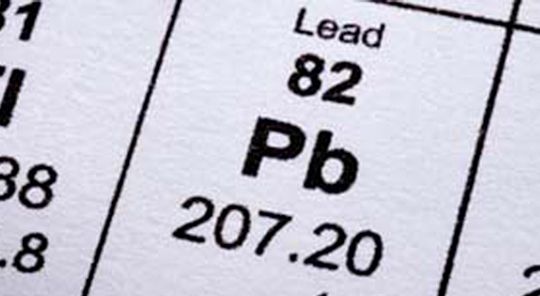
These chemicals have far-reaching effects on human health and the environment. In this guide, we will explore the properties of PFAS, their uses, and the potential risks associated with their presence in our world.
What are PFAS?
Per- and polyfluoroalkyl substances, are a group of synthetic chemicals used in various industrial and consumer products due to their unique properties. They are resistant to heat, water, oil, and stains, which makes them versatile and valuable in many applications. However, their persistence in the environment raises concerns about their potential impact on human health and ecosystems.
Common Uses
PFAS can be found in a wide range of products, including:
- Non-stick cookware: Per- and polyfluoroalkyl substances contribute to the non-stick properties of cookware, making them easy to clean and maintain.
- Stain-resistant carpets and fabrics: Per- and polyfluoroalkyl substances are used to create stain-resistant coatings on carpets, upholstery, and clothing.
- Food packaging: PFAS are used in food packaging materials to resist grease and moisture.
- Firefighting foams: PFAS-containing firefighting foams, known as aqueous film-forming foams (AFFF), are effective in extinguishing fuel and oil fires.
Health Concerns Associated with Exposure
Research has linked PFAS exposure to various health issues, such as:
- Cancer: Some Per- and polyfluoroalkyl substances, like PFOA and PFOS, have been associated with an increased risk of certain cancers.
- Liver damage: High levels of Per- and polyfluoroalkyl substances exposure may cause liver damage, leading to various health complications.
- Immune system dysfunction: Per- and polyfluoroalkyl substances exposure has been shown to impact the immune system, potentially making individuals more susceptible to infections and diseases.
- Developmental problems: PFAS exposure during pregnancy and early childhood may affect growth, learning, and behavior.
Environmental Impact of PFAS
PFAS pose significant environmental concerns due to their persistence and widespread presence. Some of the environmental implications include:
- Contamination of water sources: Per- and polyfluoroalkyl substances can contaminate groundwater, surface water, and drinking water sources, affecting both human and ecosystem health.
- Accumulation in wildlife: PFAS can accumulate in the tissues of fish, birds, and other animals, potentially affecting their health and reproductive abilities.
- Persistence in soil and sediment: Due to their resistance to degradation, Per- and polyfluoroalkyl substances can persist in soil and sediment for extended periods, posing long-term environmental risks.
Strategies to Address PFAS Contamination
Several strategies can help mitigate the impact of PFAS contamination:
- Regulation and reduction: Governments and regulatory agencies should enforce stricter regulations on Per- and polyfluoroalkyl substances production and use, while encouraging the development of safer alternatives.
- Monitoring and assessment: Regular monitoring of water, soil, and food sources can help identify Per- and polyfluoroalkyl substances contamination and inform remediation efforts.
- Cleanup and remediation: Techniques such as activated carbon filtration and ion exchange can be employed to remove PFAS from contaminated water sources and soil.
The Importance of Understanding PFAS
Per- and polyfluoroalkyl substances are a complex and critical topic for students to grasp, as they impact human health, the environment, and our daily lives. By exploring their properties, uses, and potential risks, students can better understand the challenges posed by these “fore

